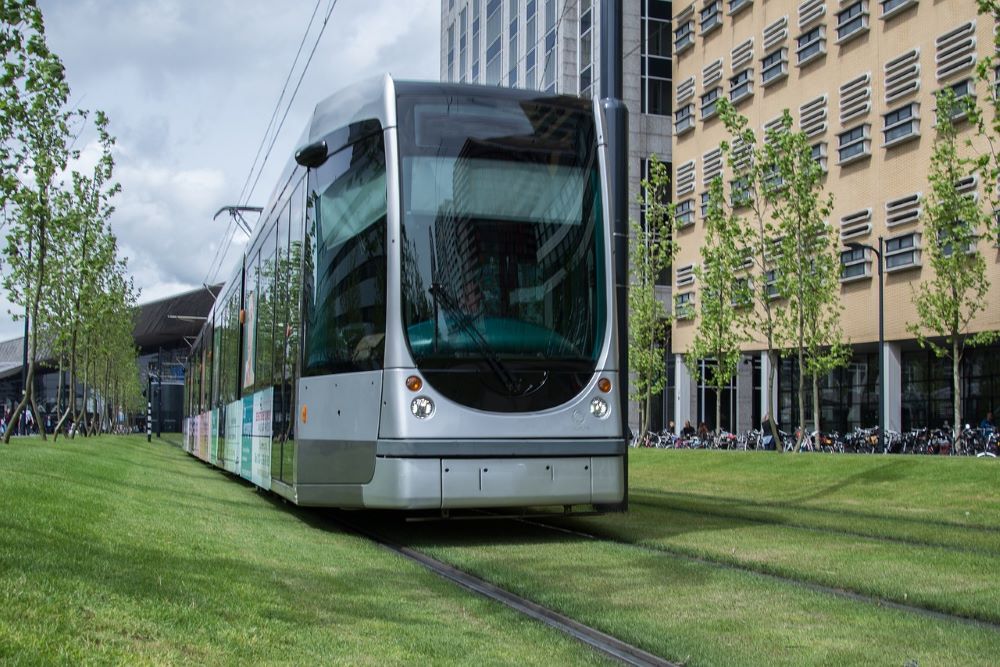Seamless transfers from public transport to shared mobility in Rotterdam
How do you get people out of the car? The alternative should be a seamless, comfortable and affordable journey. A case study with the public transport provider RET in Rotterdam has now progressed to the point where travellers will soon be able to plan their multimodal trip through their app, including bus, tram and metro combined with micromobility services.
A TU Delft research team has designed a short-term forecasting algorithm to predict demand and micromobility fleet availability (like shared bikes and e-scooters of Check, Tier, NS and more) in real-time. Multimodal trips are then designed taking the available resources into account that will be incorporated in a single app. This way, researchers from the Seamless Shared Urban Mobility project hope to attract travellers in Rotterdam who might doubt using multimodal trips due to uncertainty on the availability of micromobility fleet as part of their trip plan.
Understanding journeys
A seamless mobility system where different sustainable options are well-integrated does not just get off the ground. To gain good insights, an awful lot of data was collected. This included travel data from tram, metro and bus. And information on the use of shared scooters: how much are they used? And in which locations are they mostly left behind? Data on weather also proves to be very important. Factors such as wind and rain have an impact of usage of bikes and scooters.
Balancing the mobility system
With this huge amount of data, it became possible to make predictions about mobility system bottlenecks. Shadi Sharif Azadeh together with the research team at Transport & Planning department designed the necessary calculations for this. “Now we get a good sense of supply and demand. This allows us to anticipate the situation and, for example, sustain the fleet of shared scooters or bikes at a certain location.”
Another way to keep the mobility system in balance is implementing nudging schemes to encourage or discourage certain routes and transport choices. “We used disaggregated level data, which include individual preferences, to create multimodal trip recommendations. As one of the methods to create a system optimal solution, we use 'nudging and pricing' methods to steer demand towards locations where the resources are available while complying with individual preferences.”
It's so great that travellers will soon be able to view all types of (shared) transport coupled with public transport on their public transport operator’s app.
App for travellers
The real time predictions provide insights and intervention possibilities for mobility system designers. But it offers more. Travellers also get a better idea of the travel options with higher reliability. Sharif Azadeh: “Partners are currently working on a front-end application for RET users, and this really completes the circle. It's so great that travellers will soon be able to view all types of (shared) transport coupled with public transport on their app.”
Rotterdam one of the frontrunner cities when it comes to transport
The city of Rotterdam is one of the pilot locations where public transport (of RET) is being better integrated with micromobility. With the collaboration with TU Delft, Siemens Mobility and RET, the city is at the frontrunner when it comes to sustainable mobility.
Within the Horizon Europe project SUM (Seamless Shared Urban Mobility), there are eight more European cities that want to transform the mobility system and embed smart and shared systems in their current networks to combat traffic congestion, pollution and lack of urban space.



